OBD-I & OBD-II, A Complete Guide to Diagnosis, Repair, and Emissions Compliance
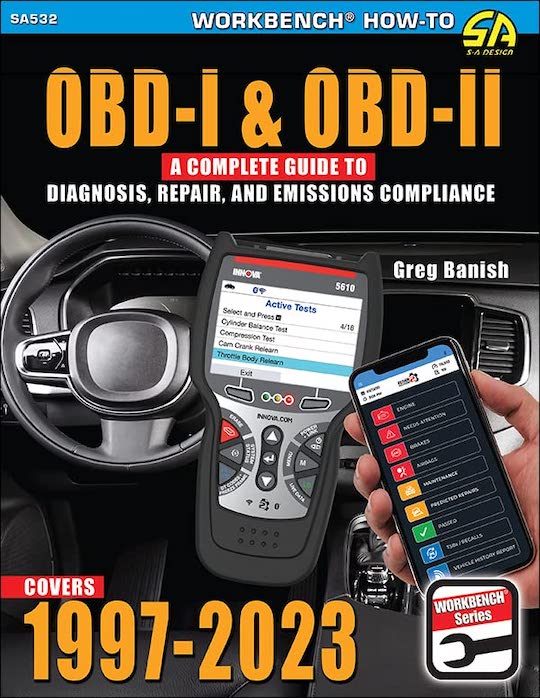 by Greg Banish
by Greg Banish
Although the book’s cover indicates it is part of the publisher’s WorkBench How-To series, it is also in a very real sense an automotive history for it presents and covers the dynamically ever-changing On-Board Diagnostics system, best known by its acronym OBD, from its inception to today. That said, there’s one word that—per the author—really doesn’t belong in the book’s subtitle. Publisher Car Tech would have been far more honest with its customers had it omitted the word “complete” from it for, as Greg Banish points out repeatedly, information as well as the codes themselves are being updated constantly rendering any book incomplete before the ink is even dry on its pages.
For this commentator, OBD-I & OBD-II was both an instructive history of the electronic system of engine management and concurrently as a guide to diagnosing OBD-equipped gasoline-powered vehicles. It offers readers an understanding, with greater clarity, of the nuances and relationships between the codes, the code reading tools, and ancillary cables, connectors, etc. of which there are many as shown on the page pair below.
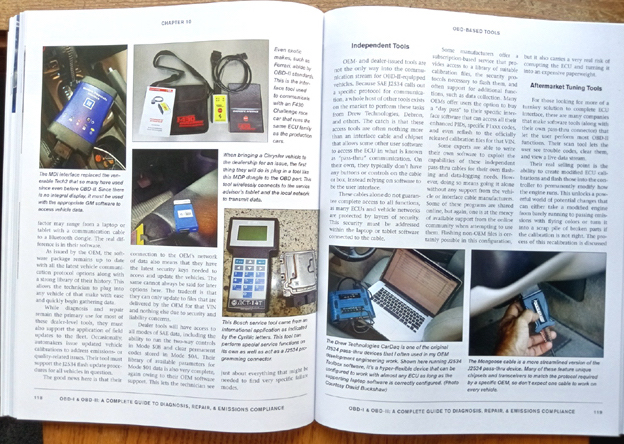
Refreshing too are the author’s frequent admonitions to not let oneself be carried away by code-chasing for “the vast majority of engine faults turn out to be something rather simple.” In another place he notes “The most common issues are usually aging spark plugs, wires or coils,” or oxygen sensors as they do their job in what are decidedly unfriendly-to-their-longevity environments, or simply a connection or ground that has vibrated or wiggled loose. And with all the “beauty covers” over functional areas, unless or until removed and a real physical inspection is made, those loose connections remain invisible culprits.
OBD wasn’t really thought about—much less engineered—until after the 1971 Congressional action called the Clean Air Act. Implementing the mandate required the time to develop the Electronic Control Unit (ECU). The earliest, OBD I, had few guidelines and no set standards so were designed and implemented differently by each manufacturer and rolled out at slightly different dates.
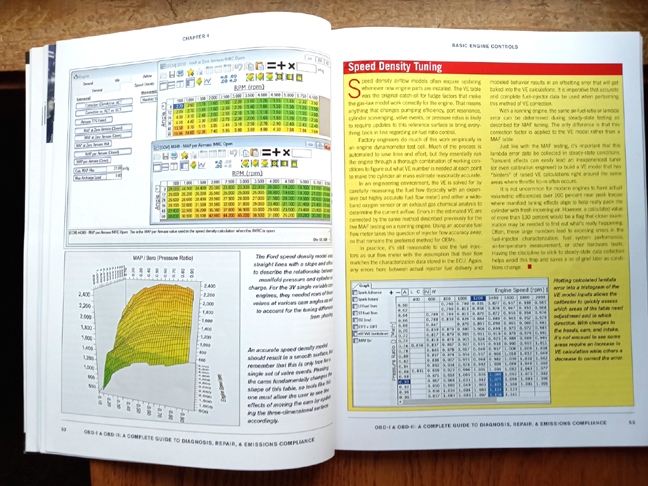
While the narrative is straightforward, it’s also illustrated with charts, graphs, along with inserted sidebars such as the one shown here related to speed density tuning that show readouts specific to a Ford engine. MAP is manifold absolute pressure.
The ECU/OBD world abounds with acronyms. When each is first mentioned in the book, it’s by the full name but thereafter the acronym is used. If a reader forgets what one (or more) stand for, in spite of the absence of an Index (which, in truth is not missed for the way the chapters are headed and organized, finding specific information again is fairly straightforward), on the book’s concluding page is a handy chart/glossary of 82 acronyms.
The Society of Automotive Engineers stepped up to that standardization challenge with its implementation as OBD II mandatory on all 1996 model year gasoline-powered vehicles made or sold in the US. But even to today, each manufacturer has additional proprietary codes permitting their own trained technicians and repair personnel at their franchised dealerships to further identify precise faults. Specifically, those proprietary codes differ from the SAE standardized ones as they all read P1xxx. As an example a GM/Ford/Honda/Acura/Citroën, Peugot code reading P1380 indicates a detected misfire. The same code for Mercedes-Benz indicates an inlet valve not operational. For Subaru, that code indicates a problem with a glow plug relay circuit.
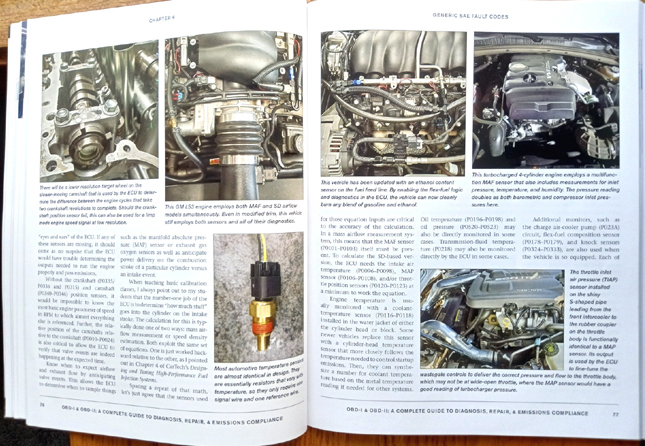
Other illustrations are engine-related as with this page pair from the chapter titled “Generic SAE Fault Codes” showing the myriad of sensors located everywhere, all of which are in constant communication with the ECU.
Essentially scan tools for OBD II have standardized connectors and interfaces as well as the communications protocols. But again, Banish warns to take care and inspect both connectors to ensure pins haven’t become damaged as they are fairly fragile and a bad connection will only net a response that won’t be in the least helpful solving whatever problem exists.
So, who is this book for? Well, in a sense, anyone who has any level of interest or involvement with any gasoline-engined ECU-controlled vehicle. And that means any vehicle made or sold new in the US that is model year 1996 to present. The hobbyist will gain from reading, as will the technician. There’s even a chapter speaking specifically to the tuners, those individuals of whom Banish writes he really means calibration engineers, some of whom are employed by the OEM’s tuning engines and systems to bring them into emissions compliance as new products are undergoing development.
Those who are hands-on with maintenance and repair may have already acquired, or are contemplating purchasing an OBD reader for, as mentioned above, there are pages in this book’s eighth chapter devoted to them. Or perhaps you simply want to understand more clearly what’s behind those Check Engine lights and facilitate your dealings with while more clearly understanding the service folks. No matter your motivation or need, the information in this plain-spoken volume will, indeed, make it a worthwhile-helpful-to-you purchase.
Copyright 2023 Helen V Hutchings, SAH (speedreaders.info)


 RSS Feed - Comments
RSS Feed - Comments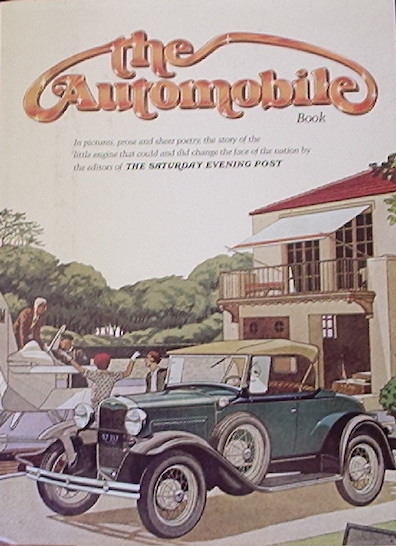











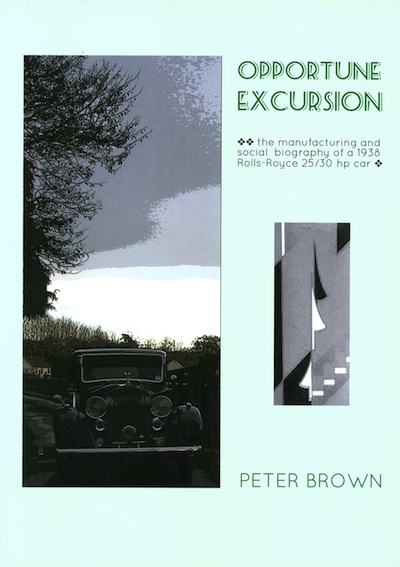




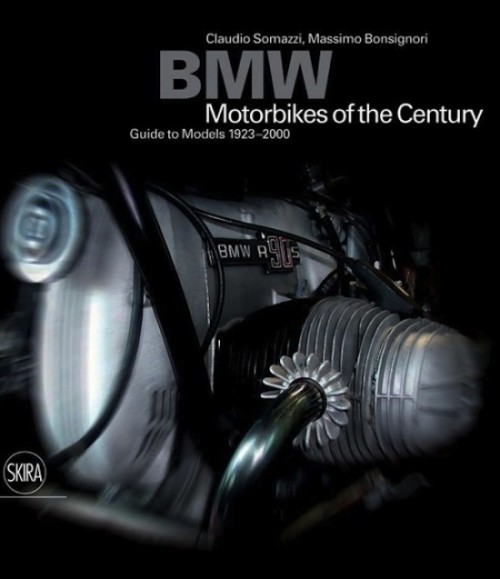


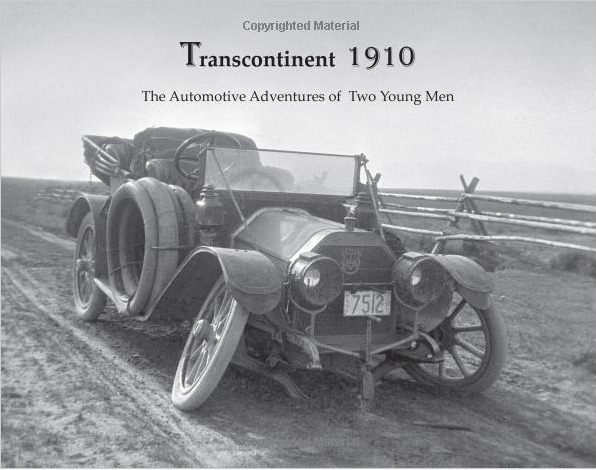

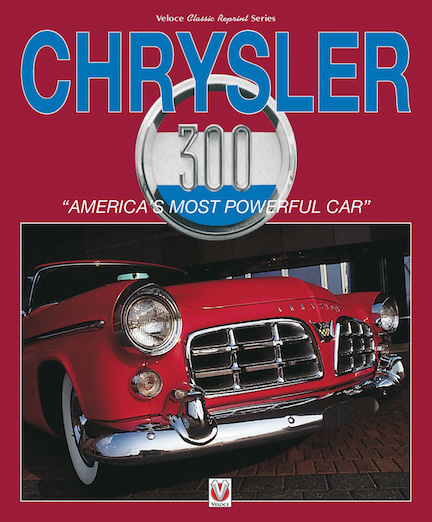


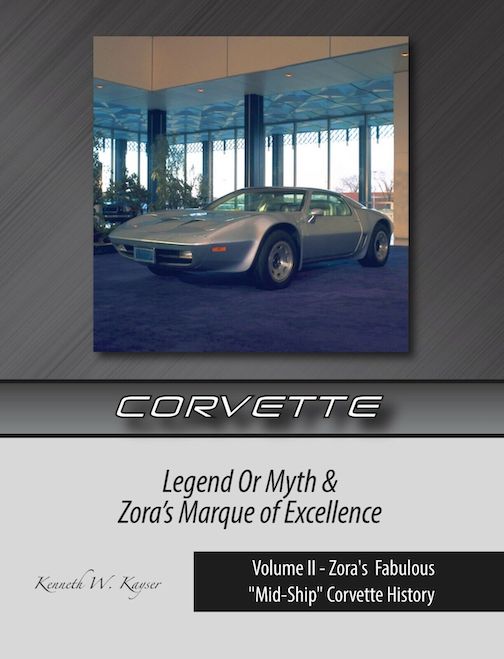





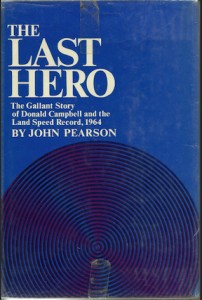


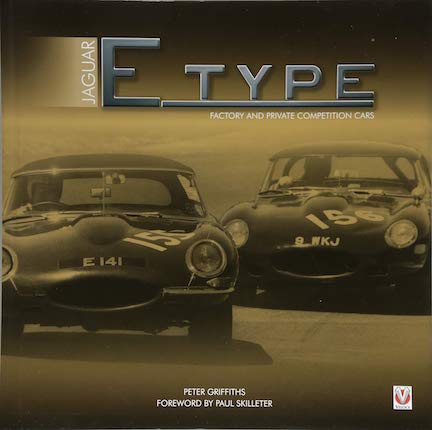



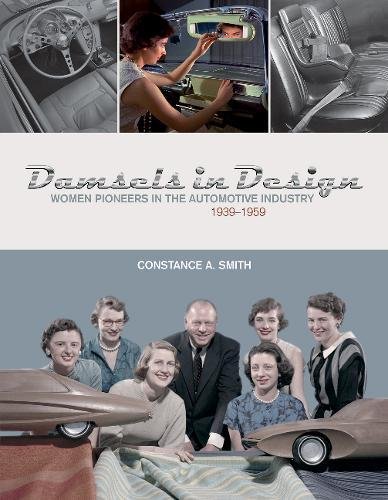



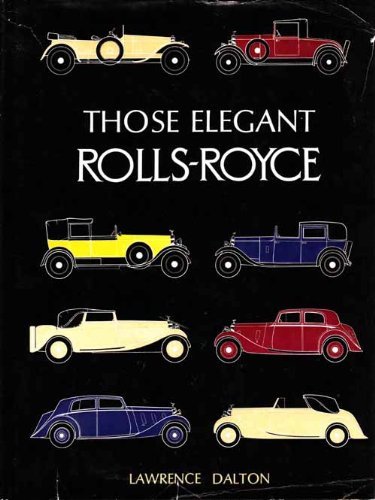

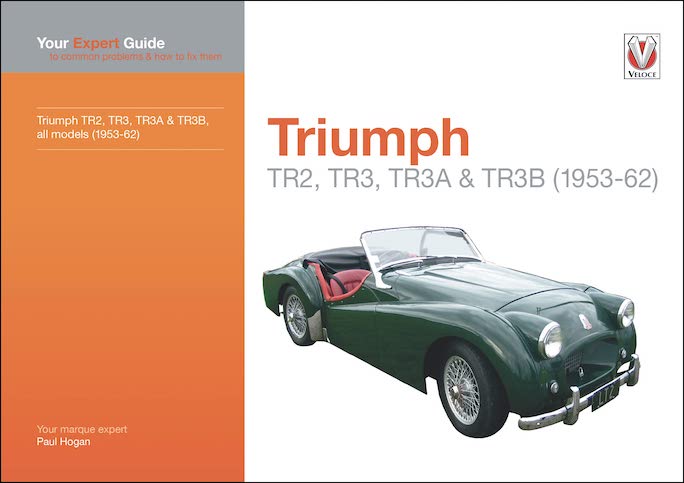
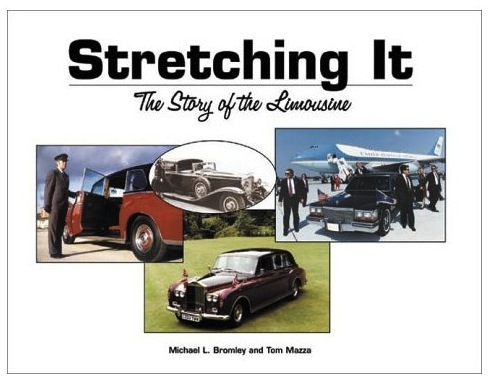
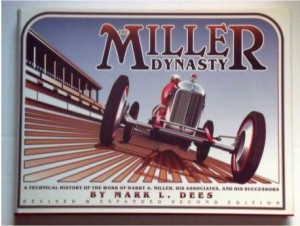
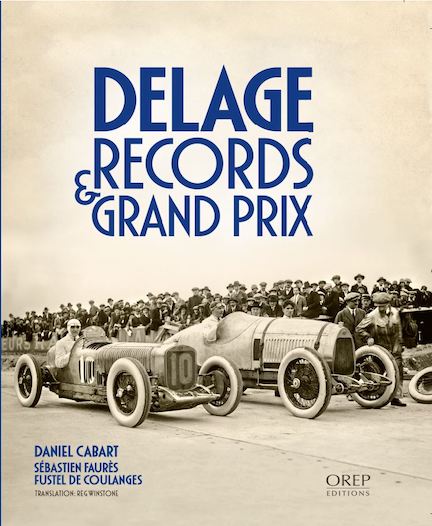
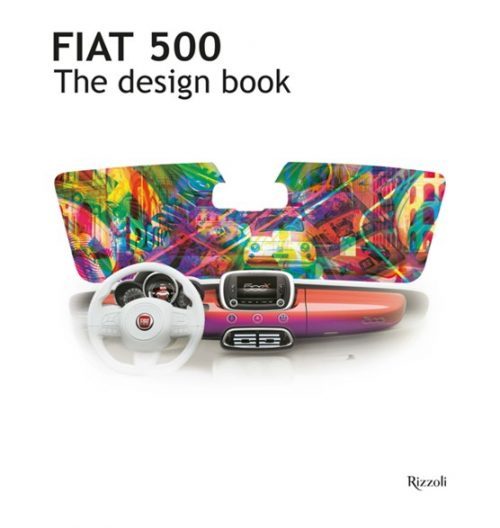








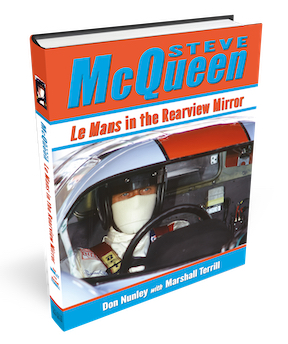













 Phone / Mail / Email
Phone / Mail / Email RSS Feed
RSS Feed Facebook
Facebook Twitter
Twitter